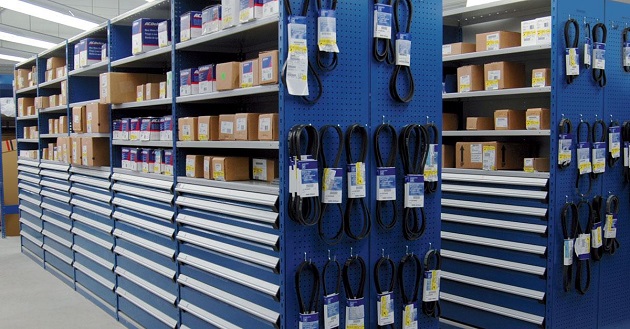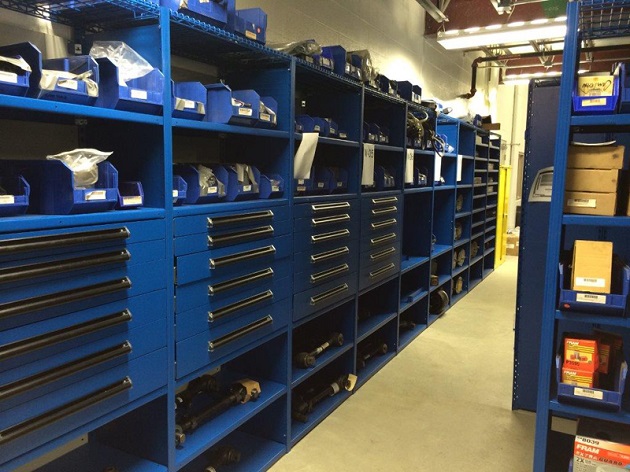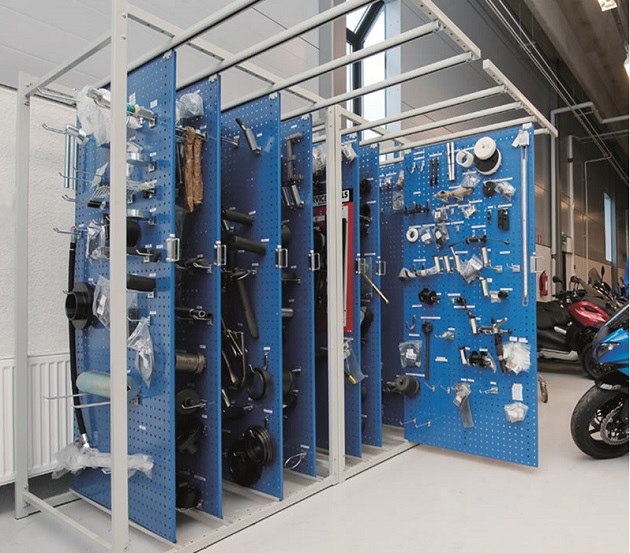Optimizing Space and Efficiency: The Advantages of High-Density Warehouse Storage
Efficient warehouse management is a cornerstone of successful businesses, ensuring that products are stored, organized, and retrieved seamlessly. In an era where space is a valuable resource, high-density warehouse storage systems have emerged as a game-changer. These innovative solutions enable businesses to make the most of their available space while significantly enhancing operational efficiency.
Let’s delve into the world of high-density warehouse storage systems, uncovering the advantages they offer, and understanding how they revolutionize warehouse management to contribute to substantial cost savings.
Understanding High Density Warehouse Storage Systems
High-density warehouse storage systems are advanced solutions designed to maximize the utilization of available space in warehouses, distribution centres, and manufacturing facilities. They employ innovative designs and mechanisms to store goods in a more compact and organized manner, allowing businesses to optimize their storage capacity without the need for excessive expansion.
Types of High-Density Storage Systems

There are several types of high density warehouse storage systems, each tailored to meet specific operational requirements.
- Automated Storage and Retrieval Systems (AS/RS): AS/RS is a sophisticated solution that uses automated machinery to store and retrieve items from high shelves, racks, or containers. It utilizes robotic cranes and conveyors to efficiently handle inventory, minimizing the need for manual labour.
- Compact Mobile Systems: These systems use movable racks mounted on guided tracks to compactly store goods. The racks can be moved laterally, creating aisles only when needed. This maximizes space utilization and enhances accessibility.
- Push-Back Racking: Push-back racking involves stacking products on inclined rails, allowing the products to slide forward as new ones are loaded. This method reduces the need for multiple aisles and maximizes storage density.
- Pallet Shuttle Systems: Pallet shuttle systems use shuttle vehicles to move pallets within racking systems. This eliminates the need for forklifts to enter the aisles, increasing efficiency and space utilization.
Advantages of High-Density Warehouse Storage Systems

Maximizing Storage Capacity
The primary advantage of high-density warehouse storage systems is their ability to maximize storage capacity. By utilizing vertical space, compact mobile systems, and other innovative mechanisms, these systems can significantly increase the number of products that can be stored within a given footprint.
Improved Accessibility
High density storage systems often enhance accessibility to stored items. Systems like AS/RS and pallet shuttle systems allow for automated retrieval, reducing the need for manual labour and minimizing the time required to locate and retrieve products.
Enhanced Organization
These systems contribute to better organization within the warehouse. With goods stored more efficiently and logically, it becomes easier to locate and retrieve specific items, leading to faster order fulfilment and reduced operational delays.
Increased Operational Efficiency
High density parts storage systems streamline warehouse operations. The automation of storage and retrieval processes reduces the need for manual labour, minimizing human error and increasing the overall efficiency of inventory management.
Cost Savings
Efficient space utilization and streamlined operations directly translate to cost savings. By optimizing storage capacity and reducing the need for excessive warehouse expansion, businesses can allocate resources more effectively.
Scalability
High density storage systems are designed with scalability in mind. As your business grows, these systems can be adapted and expanded to accommodate increased storage needs, ensuring a long-term solution.
Space Savings
Perhaps the most significant advantage is the space-saving potential. Businesses can avoid the expense of building or leasing larger warehouse spaces by making the most of their existing facilities.
Considerations and Implementation

Before implementing a high-density warehouse storage system, there are several factors to consider.
- Evaluate your warehouse’s layout and available space to determine the most suitable system for your needs.
- Different storage systems are better suited for specific types of inventory. Consider your product dimensions, weight, and turnover rate.
- Assess your operational workflow to ensure that the chosen storage system complements your processes and enhances efficiency.
- High-density storage systems often require integration with warehouse management software for seamless operation.
- While high-density systems offer long-term benefits, there is an initial investment cost that businesses need to consider.
In an era where every inch of space matters and operational efficiency is paramount, high-density warehouse storage systems are an essential tool for businesses to thrive. These innovative solutions optimize space utilization, enhance accessibility, improve organization, and contribute to substantial cost savings.
By embracing the advantages of high-density storage systems, businesses can revolutionize their warehouse management practices, streamline operations, and position themselves for long-term success in an increasingly competitive landscape. Whether through automated retrieval systems, compact mobile solutions, or other ingenious designs, the power of high-density storage is transforming the way businesses store and manage their inventory.